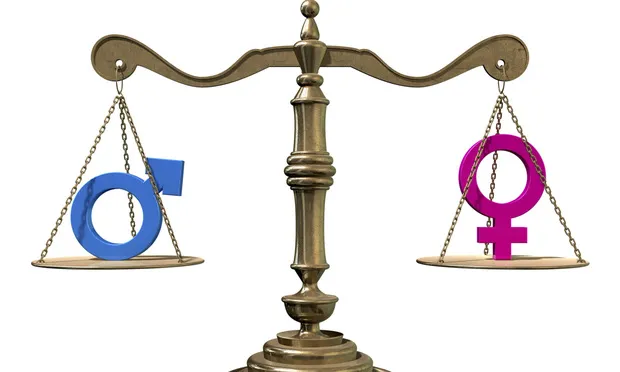Tackling overt discrimination can be difficult enough. Take for example, the recent case at UC Berkeley. After a six-month investigation, the university concluded that high profile faculty member and renowned astronomer, Geoffrey Marcy, had violated multiple sexual harassment policies over the course of a decade. At first, the university’s investigation and corresponding disciplinary actions went under the radar; however, when it became public that Marcy’s reprimand was essentially a small slap on the wrist, the community responded. A petition from students and faculty alike began and was supported by thousands of scientists. Marcy resigned from his faculty position last week.
There are egregious examples of hostile work environments like Marcy’s lab at Berkeley and appalling examples of sexist comments like Tim Hunt’s “trouble with girls.” However, most discrimination is much more subtle. Unconscious gender bias can keep women in STEM from opportunities, equal pay and much more.
Persistently feeling undervalued professionally can eventually push women out of the lab and out of STEM altogether. Furthermore, empirical evidence supports gender bias findings. We have written in the past about gender bias in letters of recommendation. This bias persists with science faculty during hiring decisions and one study found that male applicants were viewed as more competent and deserving of a higher salary even when female applicant’s resumes were identical. Unfortunately though, many men don’t believe this is actually happening.
A new study found that unconscious bias is quite insidious and when shown evidence of gender bias against women in STEM fields, men were significantly less likely to find these studies important and/or convincing.
The study’s authors note, “How can we successfully broaden the participation of women in STEM when the very research underscoring the need for this initiative is less valued by the majority of the group who dominate and maintain the culture of STEM?” How can this be fixed then? As with most problems, often the first step is to admit there is actually a problem. On a systematic level, recognizing gender bias exists in STEM and working to develop programs and initiatives to combat it will be essential. But, what can you do on an individual level? First, remember that every person has biases. Most people believe they are ethical and unbiased. However, even the most open-minded person harbors a lot of unconscious biases. Once you begin to realize your own biases, then you can make decisions to change your behavior accordingly.
Organizations like Google have recognized this and started workforce training programs focusing on unconscious bias. Watch their video on making the unconscious conscious. Harvard has a series of online tests which measures implicit prejudices on everything from gender and race to age. Millions have taken these tests to help increase awareness of unconscious bias. Check it out here at the Implicit Association Test.
We can all work to overcome implicit bias; however, remember to seek support if you feel like you are being treated unfairly. If you are at the NIH, there are resources to help you like the NIH Ombudsman and the Employee Assistance Program.






